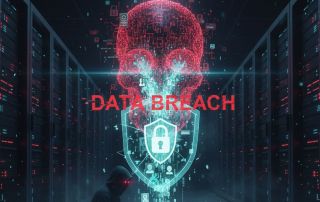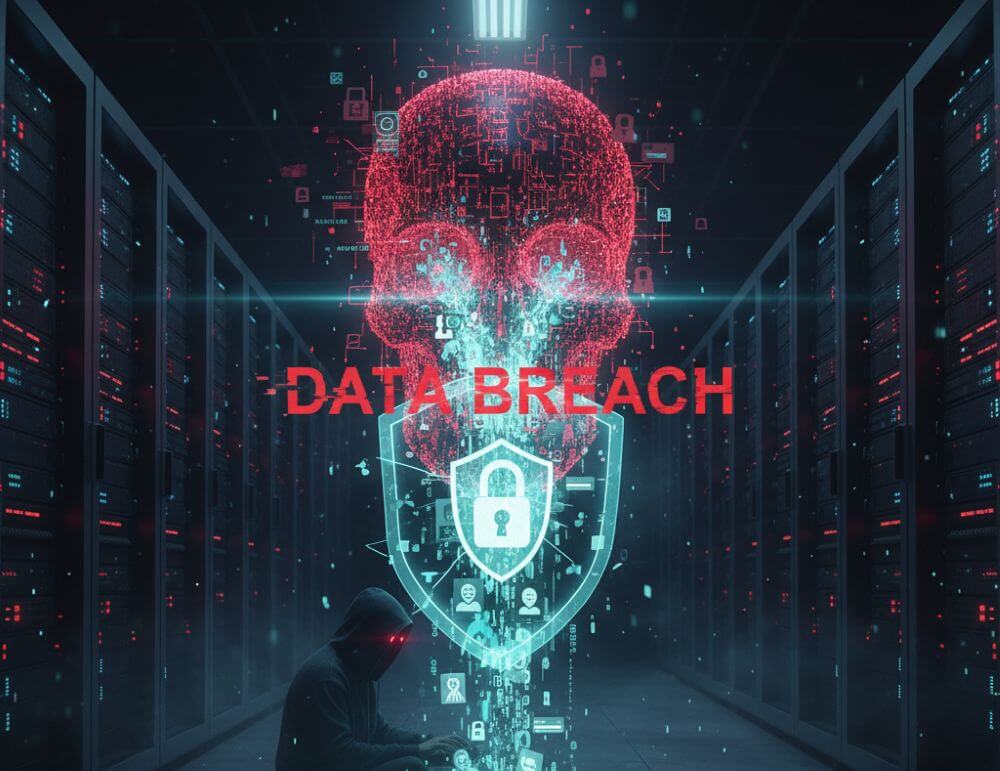UEFI Malware: Functionality and Protection Measures
Unified Extensible Firmware Interface (UEFI) is the modern successor to the Basic Input/Output System (BIOS), which has been used since the early days of computer technology. UEFI serves as the interface between a computer’s firmware and its operating system and offers numerous advantages over BIOS, including faster boot times, improved security features, and support for larger hard drives.
However, the introduction of UEFI has also brought new security challenges. One of the most dangerous threats in this area is UEFI malware, a particularly insidious form of malicious software that operates at a very low system level, is difficult to detect, and can cause significant damage.

How UEFI malware works
1. Points of attack and routes of infection
UEFI malware aims to infect a computer’s firmware, which becomes active even before the operating system starts. This makes it difficult or impossible for traditional, operating system-based security measures to detect this type of malware. There are several ways UEFI malware can infiltrate a system:
- Physical Access: An attacker with physical access to a device can directly manipulate the firmware using specialized tools or compromised hardware. This is a particular risk in environments with shared or publicly accessible computers.
- Firmware Vulnerabilities: Vulnerabilities in the UEFI firmware itself can be exploited to inject malicious code. These vulnerabilities can arise from poorly implemented security practices or from the complexity of the UEFI code.
- Firmware Updates: Firmware updates provided by manufacturers can also be an entry point. If these updates have not been properly verified or come from untrusted sources, manipulated firmware can be introduced.
- Remote Attacks: UEFI malware can also enter a system via network interfaces or infected peripherals. Attackers can exploit vulnerabilities in network protocols or USB devices to spread malicious code.
2. Persistence and camouflage
UEFI malware is designed to be extremely persistent and difficult to remove. Once installed, it overwrites critical areas of the firmware and can execute every time the system boots, even before the operating system loads. This allows the malware to persist even after a clean installation of the operating system or a hard drive replacement.
Stealth is another key characteristic of UEFI malware. It can modify legitimate firmware components or hide in areas not covered by conventional scans. This allows it to remain undetected for extended periods and continuously perform malicious activities, such as data theft, installing additional malware, or manipulating the operating system.
Protection measures against UEFI malware
1. Firmware updates and security vulnerabilities
Regular Updates: It is crucial that a system’s firmware is updated regularly. Manufacturers frequently release updates that close known security gaps and improve the overall security of the system. These updates should be installed promptly to minimize the risk of infection.
Verified Sources: Firmware updates should only be downloaded from trusted and official manufacturer sources. Third-party updates or those from untrusted sources could be compromised and contain malware.
2. Activate security features
- Secure Boot: Secure Boot is a UEFI feature that ensures only trusted software with valid signatures is executed during the boot process. Enabling Secure Boot prevents unauthorized software or malware from loading when the system starts.
- TPM (Trusted Platform Module): The Trusted Platform Module (TPM) is a hardware module that provides additional layers of security by storing and using cryptographic keys. TPM can help verify the integrity of the system and ensure that no unauthorized firmware is loaded. Enabling and properly configuring TPM is an important step in securing the system.
3. Security awareness and best practices
Protect Physical Access: It is important to prevent unauthorized physical access to devices, especially in public or shared environments. This can be achieved through physical security measures such as lockable enclosures, access controls, and monitoring.
Network Security: Use firewalls and network monitoring tools to detect and block suspicious activity. A well-configured network can help identify and stop attacks early.
Training and Awareness: Users should receive regular training and education on the dangers of UEFI malware and general security practices. This includes recognizing suspicious activity, handling firmware updates safely, and understanding the importance of security features.
4. Specialized security software
- Firmware Scanner: There is specialized security software specifically designed to scan UEFI firmware. These tools can detect anomalies and malicious changes in the firmware that are missed by conventional antivirus programs.
- Endpoint Protection: Integrated endpoint security solutions that offer multiple layers of protection can help monitor and block suspicious low-level activity. These solutions often combine various technologies such as behavioral analysis, heuristics, and machine learning to detect and prevent threats.
Conclusion
UEFI malware poses a serious threat to modern computer systems. Its ability to deeply penetrate firmware and bypass traditional security mechanisms allows it to cause significant damage and makes it extremely difficult to remove. However, many of these threats can be successfully mitigated through a combination of regular updates, enabled security features, and best practices.
Awareness of these risks and continuous vigilance are the first and crucial step in ensuring system security and integrity. Protection against UEFI malware requires a comprehensive security strategy that includes technical measures as well as training and awareness programs.
Beliebte Beiträge
The worst-case scenario: How a massive data leak should shake us all up
A massive data breach is once again shaking the digital world. Millions of passwords and personal data are circulating – perhaps yours too. Our article shows you how to reliably check if you've been affected and what 5 steps you need to take immediately to prevent identity theft.
Microsoft Loop in Teams: The revolution of your notes?
What exactly are these Loop components in Microsoft Teams? We'll show you how these "living mini-documents" can accelerate your teamwork. From dynamic agendas to shared, real-time checklists – discover practical use cases for your everyday work.
Career booster 2026: These Microsoft Office skills will take you further!
A new year, new career opportunities! But which Office skills will really be in demand in 2026? "Skilled use" is no longer enough. We'll show you today's must-haves – like advanced Excel, using AI in the office, and relevant certifications for your resume.
Microsoft Power Platform: The low-code revolution for every business
The Power Platform democratizes IT! Business departments can analyze data (Power BI), build apps (Power Apps), automate processes (Power Automate), and create chatbots (Copilot Studio) without any programming knowledge. A deep dive into the low-code future of your company.
The business of your inbox: Who buys and sells email addresses, and what they cost.
Your email address is a valuable commodity. Hackers sell it on the dark web, and marketers pay for verified contacts. This article examines the mechanisms of this trade, specifies concrete prices per record, and provides tips on how to prevent your data from becoming a commodity.
AI in Hollywood: The silent revolution of the dream factory
AI in Hollywood is more than just de-aging and VFX. It analyzes scripts, optimizes marketing, and was central to the WGA and SAG AFTRA strikes. Learn how AI is revolutionizing the dream factory – balancing efficiency, new creativity, and concerns about jobs.


































